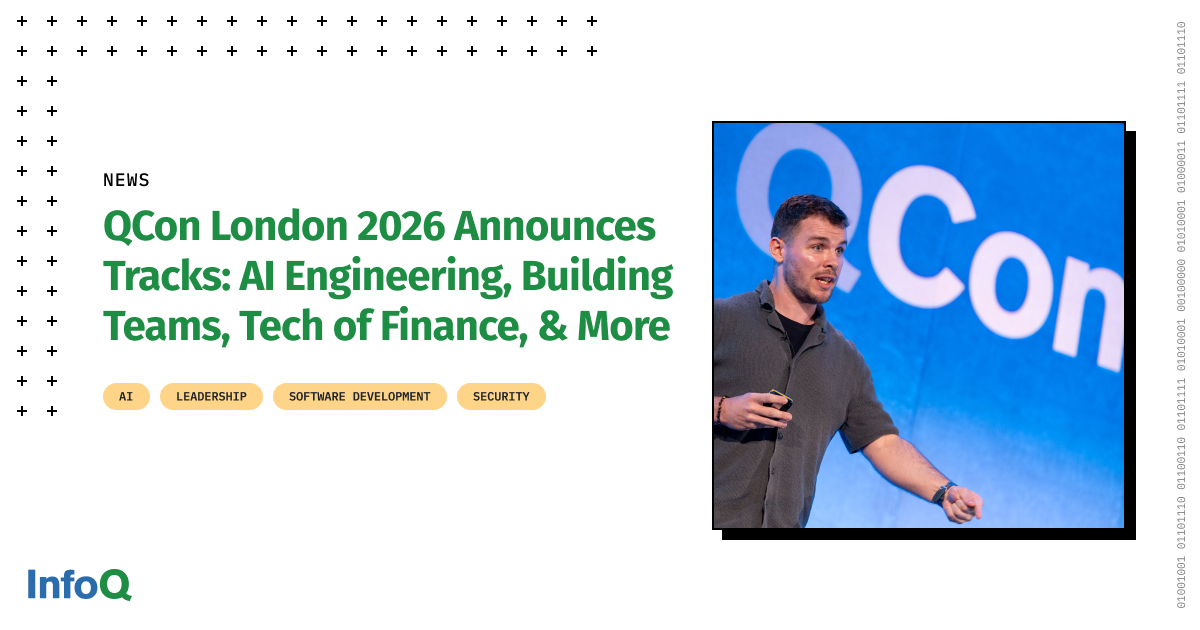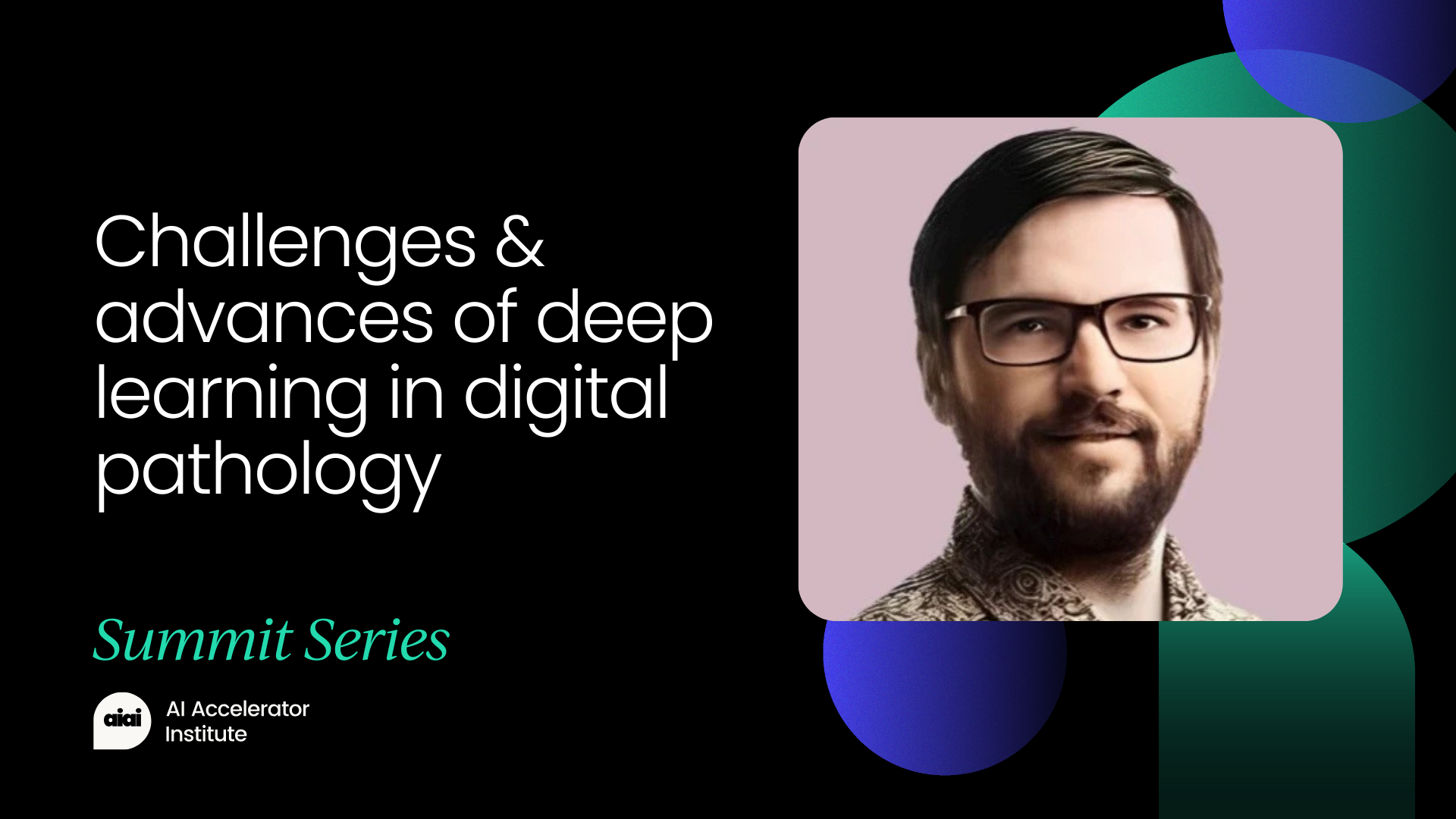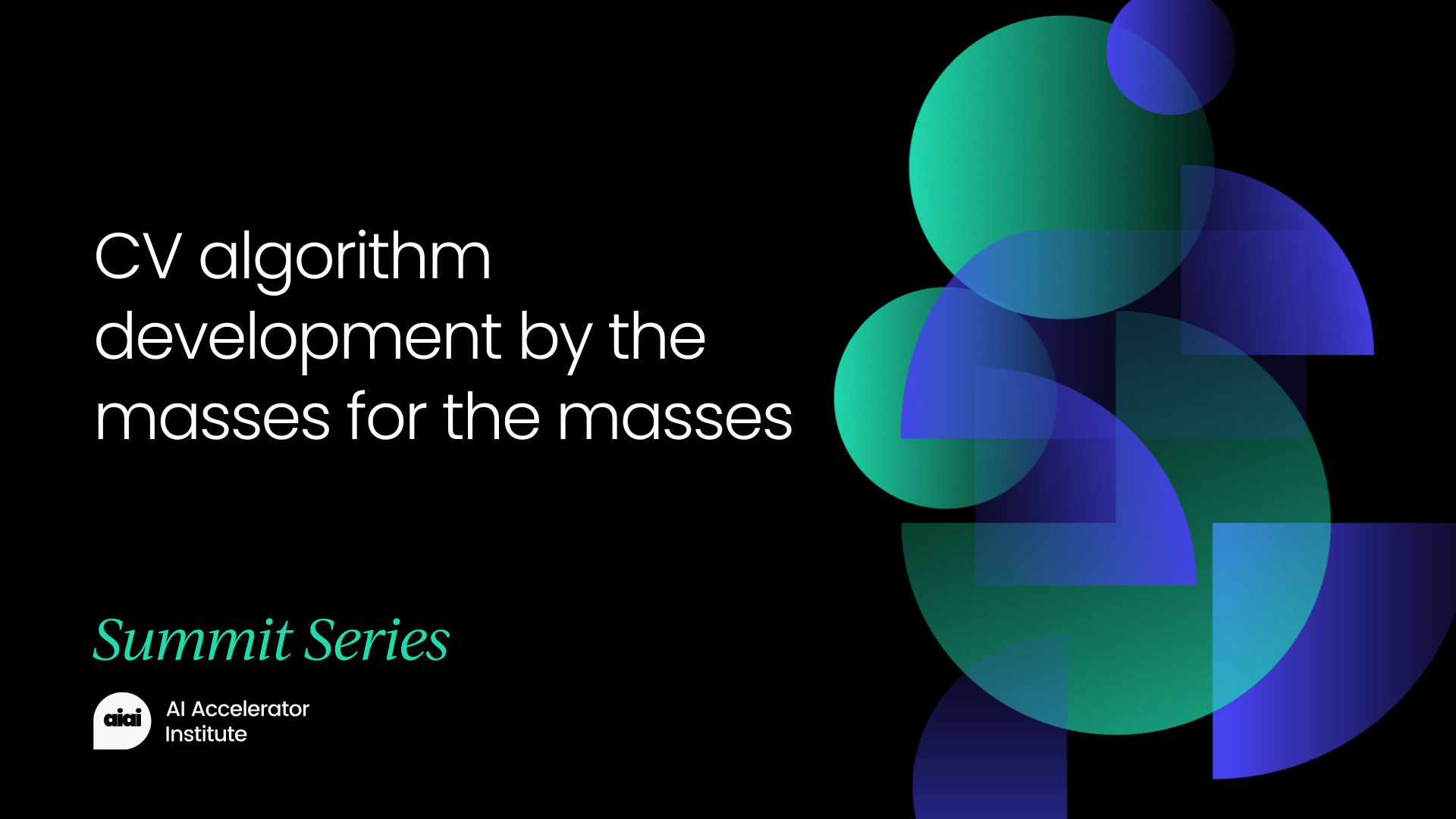SmoothGuard: Defending Multimodal Large Language Models with Noise Perturbation and Clustering Aggregation
PositiveArtificial Intelligence
SmoothGuard is a groundbreaking approach aimed at enhancing the safety and reliability of multimodal large language models (MLLMs) by addressing their vulnerability to adversarial attacks. This research is significant as it not only improves the robustness of these models but also ensures their effective deployment in real-world applications, where safety is paramount. By utilizing noise perturbation and clustering aggregation, SmoothGuard represents a promising step forward in AI research, potentially leading to more secure and trustworthy AI systems.
— Curated by the World Pulse Now AI Editorial System






